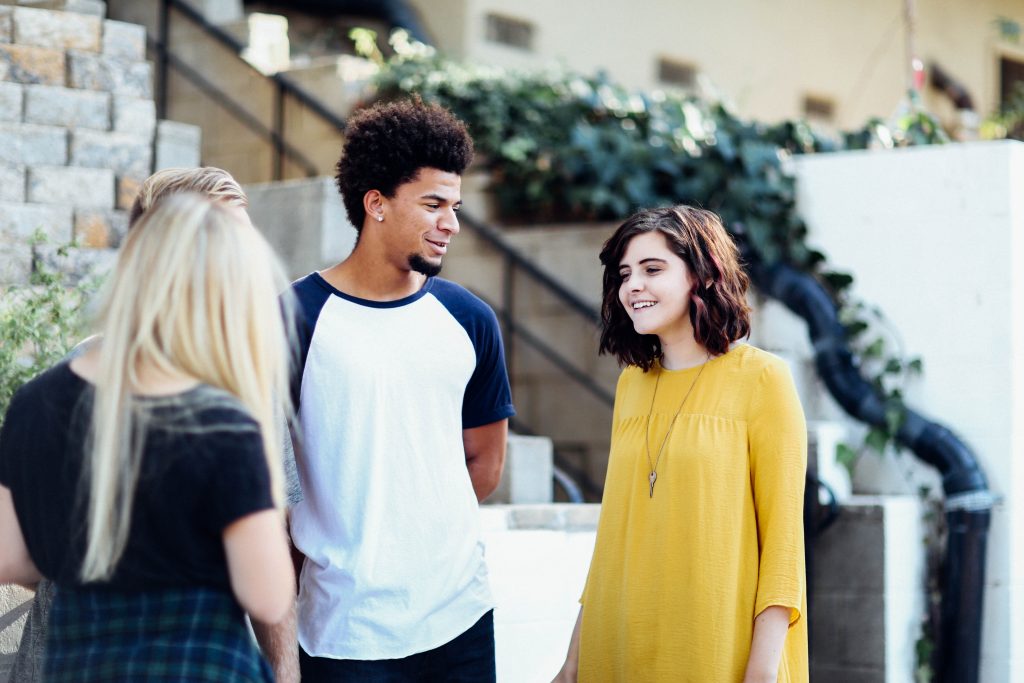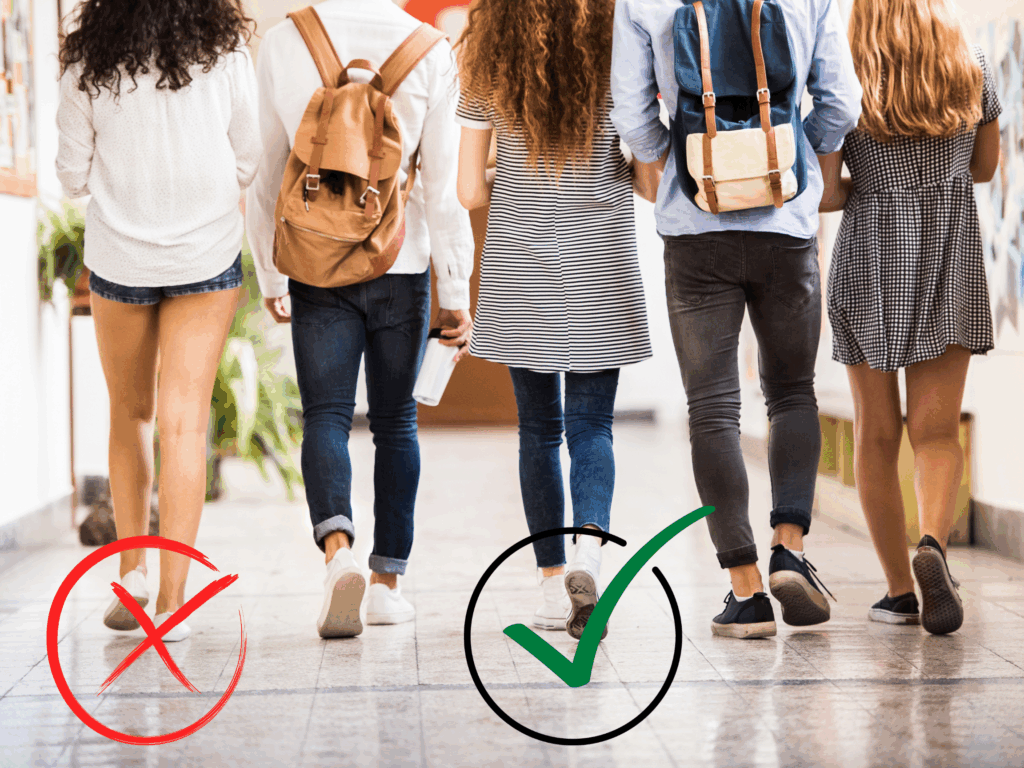Gender stereotypes at secondary school
Entry into secondary school corresponds approximately to entry into adolescence. This period, which often begins at the end of primary school, is a time of great upheaval for young people, bringing about major changes in their identity as well as physical, physiological, hormonal and emotional evolution. During this period, known as puberty, growth accelerates and the body gradually prepares itself for the acquisition of its reproductive function. While the physical changes are obvious, major metabolic, intellectual, social and emotional changes are also occurring at the same time. This process causes adolescents to question and define their identity, sexual and romantic attractions and relationships to the world.
Dress codes and gender stereotypes in high schools
Dress codes and their enforcement are often a sensitive issue that does not enjoy unanimous support among school teams. They can sometimes be a source of tension with parents and students. Several equality issues underlie the development and implementation of dress codes; this section provides an overview.
General recommendations
Young people who adhere most to gender stereotypes are also those who drop out the most. Gendered socialization leads them to develop different attitudes and behaviours according to gender. In order to act on gender stereotypes, we have put together several recommendations to integrate into your pedagogical practices, the goal being to 1) Distance yourself from practices that reinforce gender stereotypes; 2) Develop tools to deconstruct gender stereotypes among students; and 3) Adapt to address the gender needs of adolescent boys and girls.
Tools suggested vary from one language to another, meaning that some tools showing up in English aren't available in French and vice versa. If you wish to explore tools available in another language, use the language selector in the main menu.
Suggested activities and models
Diversity and inclusion – LES
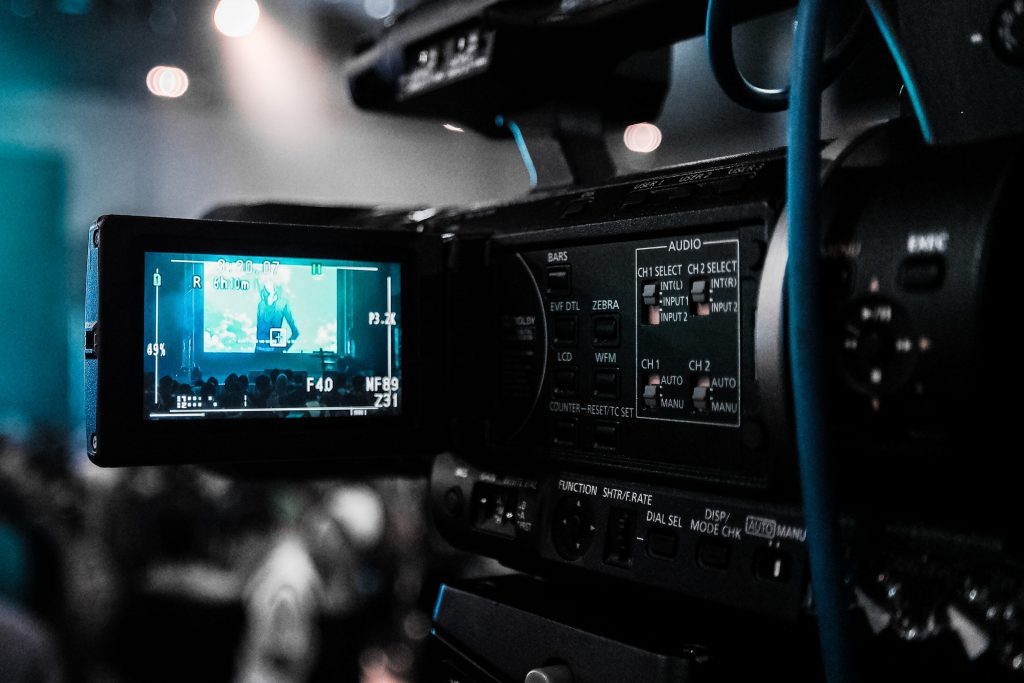
Self-reflection
Film yourself to find your blind spots
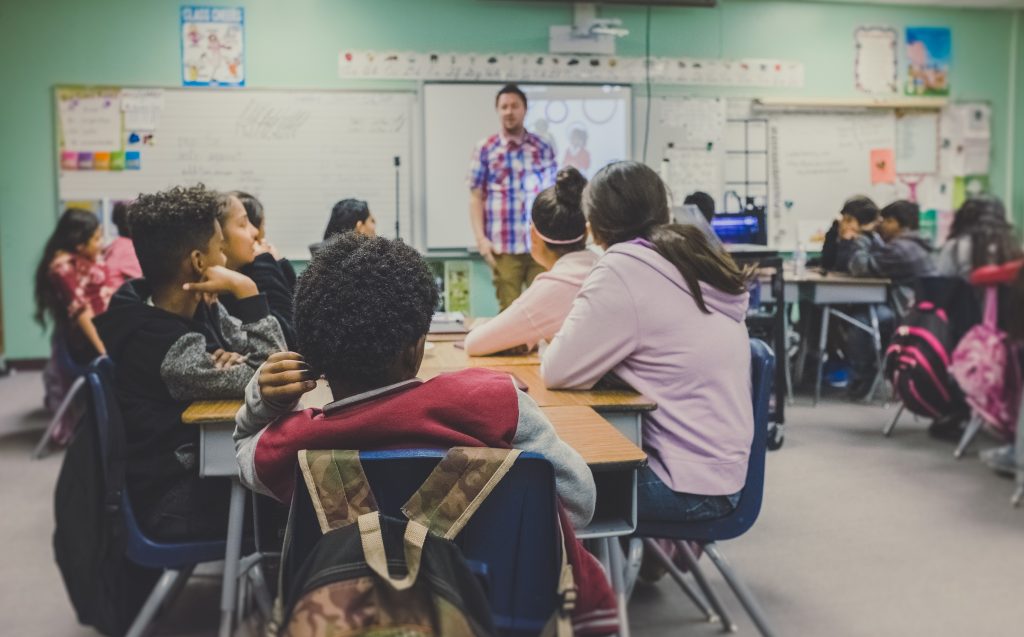
Interactions with teenagers
Fostering and equal oral participation in the classroom

Suggested activities and models
Gender Messages in Alcohol Advertising

Suggested activities and models
Gender Stereotypes and Body Image
Suggested activities and models
Healthy relationships, online and offline

Suggested activities and models
Learning Gender Stereotypes
Suggested activities and models
LES on Parrotfish, by Ellen Wittlinger
Suggested activities and models
LES on the Handmaid’s tale

Suggested activities and models
Media Interpretations
Suggested activities and models
Reading circle on diversity

Suggested activities and models
Sex Ed Toolkit
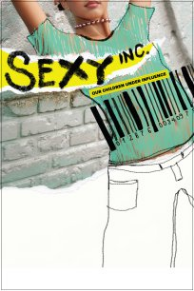
Suggested activities and models
Sexy Inc.
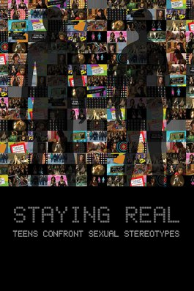
Suggested activities and models
Staying Real – Teens Confront Sexual Stereotypes

Interactions with teenagers
Using Gender Neutral Language in your Classroom

Actions with parents
Video Clips on hypersexualisation

Suggested activities and models

